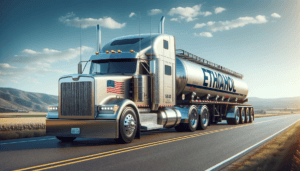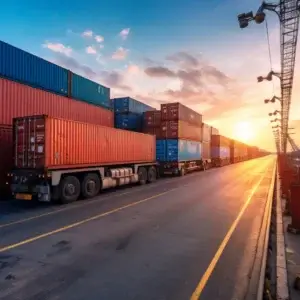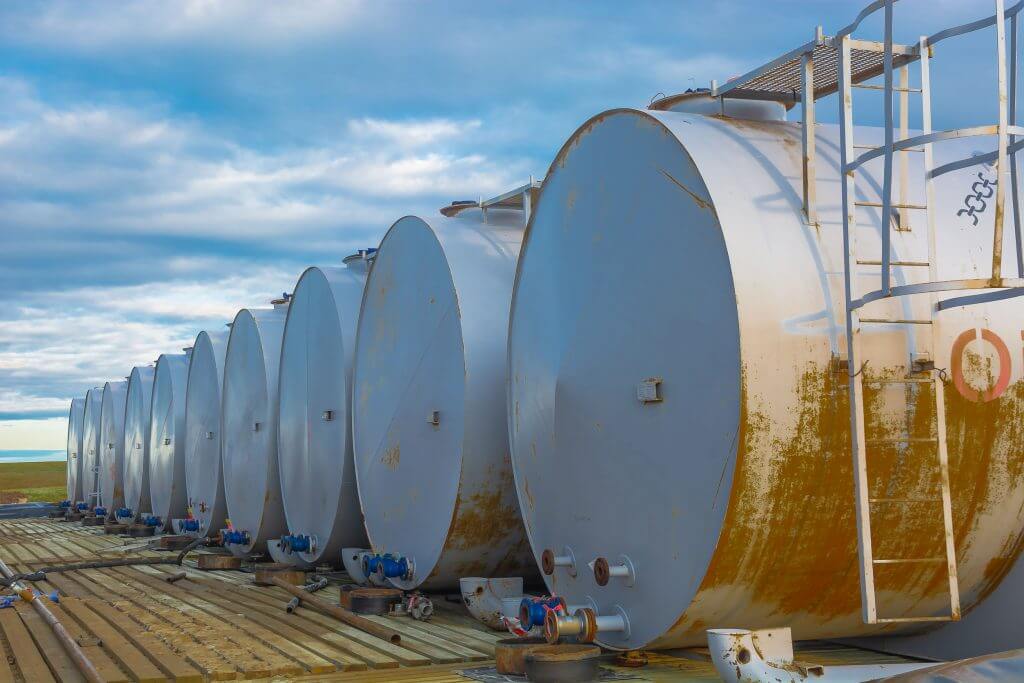
Friction. One of the major villains where machinery is concerned — which is just about anywhere you could think of. Able to shorten the lifespan of engines and machines by years. And in industries like oil and gas and the automobile where the machines used are usually heavy-duty, expensive, and hard to install, machine replacements are a plague to avoid. But we’re not defenseless against friction. We have lubricants and their additives.
Lubricants and their additives are some of the most widely used chemicals across all industries in the world. As long as we rely on machines to get things done, we’ll always need lubricants to preserve the lives of these machines.
This piece is about everything you need to know concerning lubricants and their additives, starting from:
- What lubricants are and what lubricant additives are.
- The different lubricating fuel additives that there are.
- The challenges involved in shipping lubricating additives.
- And how to mitigate the risks involving the shipping of lubricants and lubricant additives.
What are Lubricants
Lubricants are substances that reduce friction between the surfaces in contact and in relative motion to each other. Without lubricants, friction could cause the wear and tear of the surfaces in contact. But with lubricants in place, the surfaces simply slide over each other so that wear and tear are controlled or reduced. Apart from reducing friction, lubricants also have other functions that are crucial to preserving the lifespan of machines. These functions include suspending and cleaning, and keeping metal surfaces from corroding.
All liquids can serve as a lubricant, thanks to their nature. But each has varying levels of success when it comes to friction reduction. The ones that offer the best performances are called lubricants. And for each lubricant, there are ways to extract more lubricating effectiveness from it. This brings us to our next chemicals.
What are Lubricating Fuel Additives
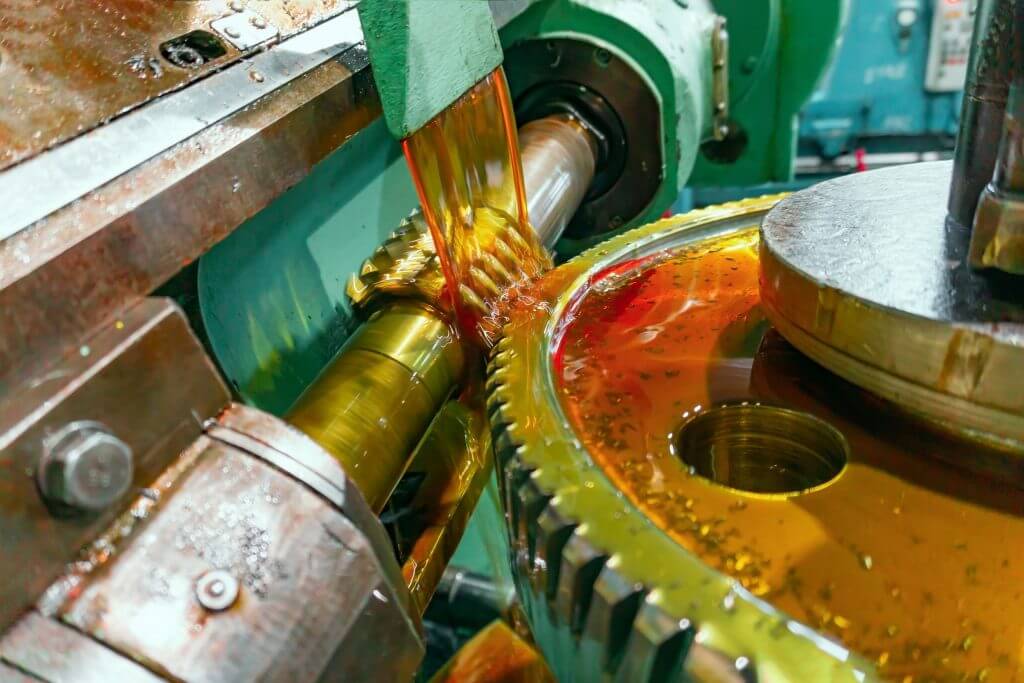
Lubricants often consist of two key components. The first is the base fluid, which is the fluid that does the lubricating. The other is the lubricant additive.
Lubricant additives do one of two things when you add them to lubricating oils. They either enhance a property of the base fluid or add a new property to the base fluid. Some properties that base fluids already have in them include oxidation resistance, pour point, viscosity, and viscosity index. And the right additives can enhance all these properties. But some properties that the additives bring to the base fluid are corrosion control, anti-wear performance, and suspending and cleaning ability.
Today in industries like the automobile and the oil and gas, lubricating additives are right at the top of their list of most important chemicals. This is because of the remarkable uses of lubricating additives, especially in preserving the lives of engines. There are various additives that solve problems plaguing engines. Some of these problems include corrosion, the coagulation of soot and other particles, and acidic combustion of some products.
The Different Kinds of Lubricating Fuel Additives
These are some additives that are most commonly in use. We’ll classify them by their functions. Although some of these additives are multifunctional, we’ll categorize them according to their primary functions.
1. Friction Modifiers
Friction additive modifiers are closest in function to the base lubricating fluid in that they contribute to friction reduction. When you apply a lubricant that contains a friction modifier additive, the additive forms a long-lasting low-resistance lubricant film. This is then absorbed into the surface of the machine.
Other functions of friction modifiers include wear reduction at low temperatures that render other anti-wear agents inactive, and fuel efficiency enhancement. Some popular materials used as friction modifier additives include the derivatives of long-chain fatty acids (and the fatty acids themselves) and molybdenum compounds.
2. Anti-Wear Agents and Extreme Pressure Additives
Before these additives were used, all engine manufacturers could do to reduce wear in their engines was to limit the load on the machines. The more load there was, the more likely it was that the engines experienced wear. Then anti-wear agents and extreme pressure additives came around. These chemicals would decompose on heating into surface-active compounds that form thin films on surfaces that reduce wear. Zinc dialkyl dithiophosphate (ZDDP) is one of the most common anti-wear agents we use in engine oil today.
3. Antioxidant Additives
It is important that lubricants are resistant to oxidation, especially when they’re used in engines. Lubricants are basically hydrocarbons, and when you expose them to heat and oxygen, they oxidize quickly.
To make matters more complicated, engines are nothing but oxidation zones. They contain metal parts, such as iron and copper, which are exceptional oxidation catalysts. So, there is the need for lubricants, especially engine oil, to be oxidation resistant to a good extent. And that is where antioxidant additives come in.
Examples of lubricating oil antioxidant additives include alkylated diphenylamines, hindered phenols, organomolybdenum compounds, dithiocarbamates, and ZDDP.
4. Antifoam Agents
Foaming is an effect of lubricants that is completely frowned upon. Foaming of lubricant makes the lubricant more susceptible to oxidation when it mixes with the air. It can also lead to cavitation damage and insufficient oil circulation. And when all these happen, the lubricant loses its effect. Depending on the various applications of the lubricants, foaming can be tolerated at different levels. What antifoam agents or defoamant additives do is that they make the small air bubbles coalesce into bigger air bubbles, which float more easily to the surface. Here, they are let off as air.
5. Rust and Corrosion Inhibitors
For rust to occur, moisture must be present. Intuitively, one of the ways to prevent rust is to prevent moisture. And that is exactly what rust and corrosion inhibitors do. Rust and corrosion inhibitors are compounds that attach themselves to the surfaces of metals. They then form strong film layers that inhibit the passage of water to the surface of the metals. Common examples of these additives include alkaline earth sulfonates and amine succinates. The only complication that is involved in using rust inhibitors arises when the additives form emulsions with water. That is why rust inhibitor-lubricant mixtures must be carefully selected.
6. Detergent and Dispersant Additives
One of the properties of lubricants, especially automobile lubricants, is how they can suspend unwanted particles when they degrade through oxidation or thermal means. This category of additives helps the lubricants to control the formation of deposits by enhancing the suspension of unwanted products.
The Challenges of Shipping Lubricants and Lubricating Fuel Additives
In massive areas of application, such as in the oilfield, these chemicals are needed in bulk. And stainless steel tankers are delegated to transporting them. But there are some challenges that come with shipping these additives.
● Some Additives are Hazardous Materials
Additives that have been categorized as hazardous materials are usually difficult to ship. Every party involved in shipping them — right from the manufactures to your company, the end-user — must adhere to an unending list of rules and regulations. Although these regulations are important because of the hazardous nature of the chemicals, they can still be inconvenient to follow. Keeping track of the regulations can also be an inconvenience, as the regulatory bodies keep updating them often. Without an experienced hazmat team to handle the shipping of these hazardous materials, the inconvenience would be the least of your problems. Things could easily spiral out of control, landing you in unnecessary expenses and trouble with regulatory bodies.
● Remote Oilfield Locations
Many oilfields are far away from civilization. And while it is commendable to take activities such as oil drilling far away from communities, getting products and materials to the drilling sites could be a hard nut to crack. The roads leading to many of these oilfields cut across harsh terrains. And when an inexperienced carrier fails to make their way around the terrains with thousands of gallons of hazardous materials in their trailers, there isn’t a more catastrophic recipe for disaster.
● Lubricating Additive Shortage
Having relied on many of these additives for centuries, we are now running low on the supply of these chemicals as the demand for them increases. As a result, acquiring the additives becomes difficult, becoming a treasure that only the big guns can possess.
How to Ease the Shipping of Lubricants and Lubricant Additives with Total Connection
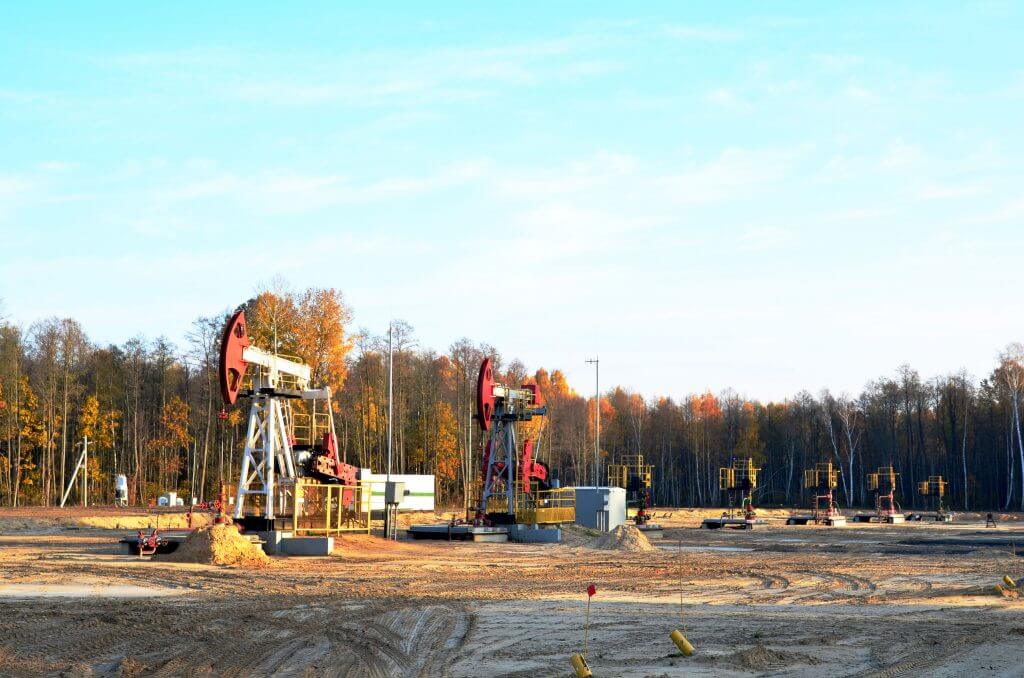
The experience we at Total Connection have is enough to completely solve most of those challenges. Total Connection is a logistics company that has mastered the shipping of oilfield chemicals. We have had about three decades of experience orchestrating the transport of all kinds of oilfield chemicals with enviable success.
Our carriers are experts at transporting your hazardous chemicals, as we choose them after rigorous selection processes before investing massively in training them. As a result, you’d be risking nothing at all when you ship your chemicals with us. Your company wouldn’t even need to worry too much about adhering to hazmat regulations because we’ll handle them for you (except for when they are in your possession).
In addition, we have built a network of partnerships with major suppliers and manufacturers of all oilfield chemicals. No matter how scarce or in short supply the chemical you need is, all you have to do is to fill the quote form below. Our experts will reach out to you, and soon enough, your chemicals will be on their way to your drilling site.


